The products and services mentioned below were selected independent of sales and advertising. However, Simplemost may receive a small commission from the purchase of any products or services through an affiliate link to the retailer's website.
Eggs are low in calories, high in protein, loaded with vitamins and highly versatile. Meanwhile, the best olive oil has tons of health benefits, like antioxidants, anti-inflammatory properties and possible protection against cardiovascular disease. Spanish fried eggs combine these delicious, nutritious ingredients to produce a tasty dish for breakfast or any time.
Although the name might evoke thoughts of a dish seasoned with garlic, paprika, saffron and red pepper, Spanish fried eggs are actually quite simple. The way they are cooked — using a method popular with chefs in Spain — is what makes them so very tasty.
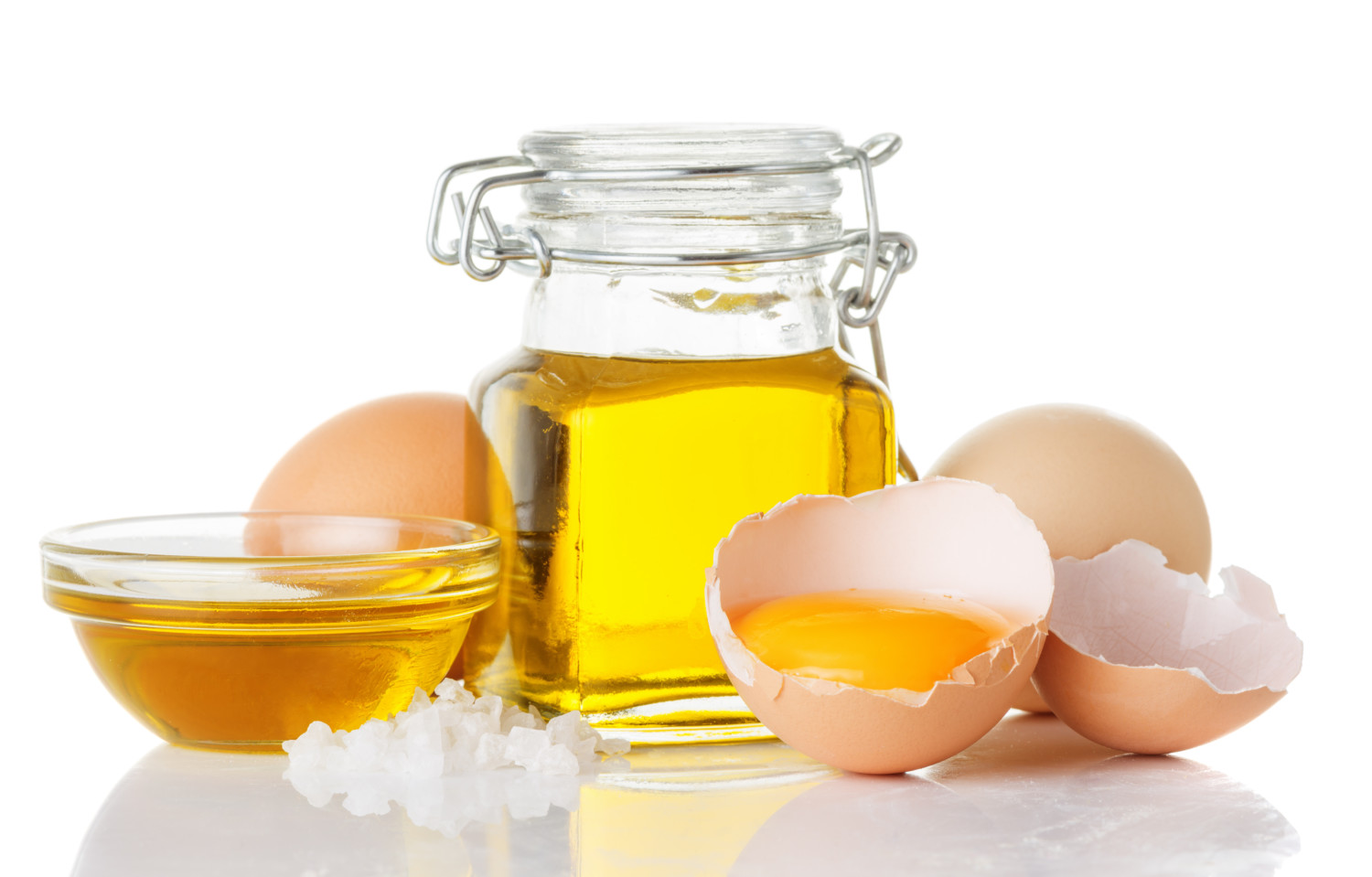
How To Make Spanish Fried Eggs
Also called huevos fritos, Spanish fried eggs are made with a generous amount of olive oil. As the egg fries, you also baste the top of it with the hot oil. This results in lacy, crispy edges surrounding a delicate fried egg white and a melt-in-your-mouth yolk that is set just right.
Cooking Spanish fried eggs is fast and easy. In fact, speed is a significant factor, as you will want to get the egg in and out of the pan of hot oil inside of two minutes. It’s also important to avoid heating the olive oil so much that it reaches its smoke point (350 to 410 degrees Fahrenheit for extra virgin olive oil, and 390 to 468 degrees Fahrenheit for regular olive oil).
To prepare Spanish fried eggs, heat about a quarter-inch of olive oil over medium-high heat and crack the eggs into a bowl, being careful not to break the yolks. When the oil is hot, slide the eggs into the pan gently. The edges should start to bubble right away.
Reduce the heat to medium-low, and begin spooning oil over the top of the eggs. Use a slotted spoon to remove them after they are cooked. This should happen after about 90-120 seconds, or once the edges are crisp and golden brown, the whites are slightly puffed and the yolk still jiggles slightly.
“An egg swimming in a hot oil bath achieves a higher level of browning around the entire surface of the white,” José Andrés, a well-known Spanish chef who is dean of Spanish Studies at the International Culinary Center in Manhattan, told the New York Times, “which imparts a distinctive, much more flavorful taste, given the level of caramelization of the proteins and sugars. The entire egg achieves a perfect crust.”
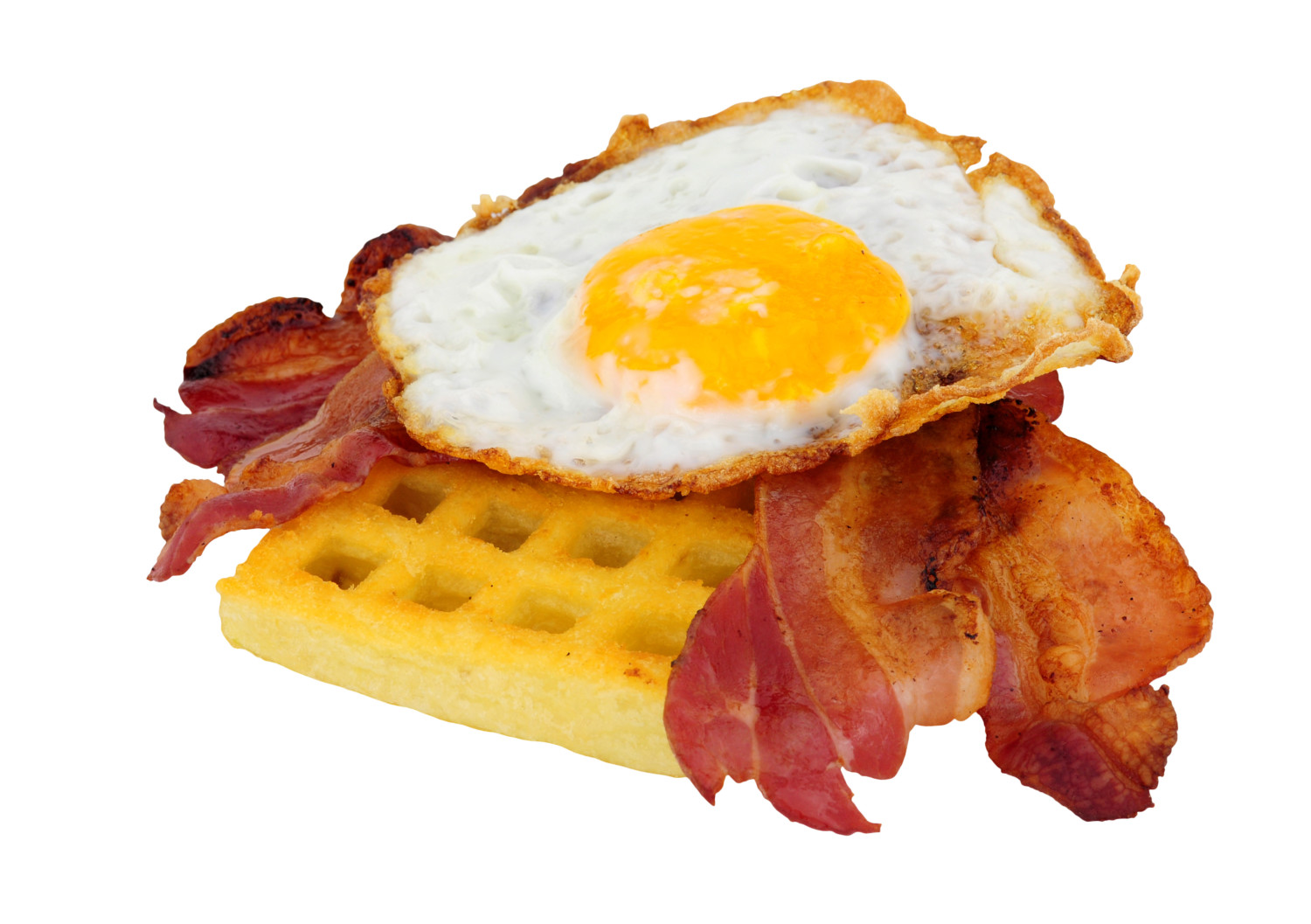
How To Eat Spanish Fried Eggs
You can enjoy Spanish fried eggs just as you would eat eggs fried another way. They are mouthwatering when sprinkled with flaky salt and fresh ground pepper alongside your other breakfast favorites, such as bacon and toast. You can serve them over toast or on a breakfast sandwich.
But don’t limit yourself to breakfast alone. Try Spanish fried eggs over salads, on burgers, atop fried rice and even on grilled cheese sandwiches.
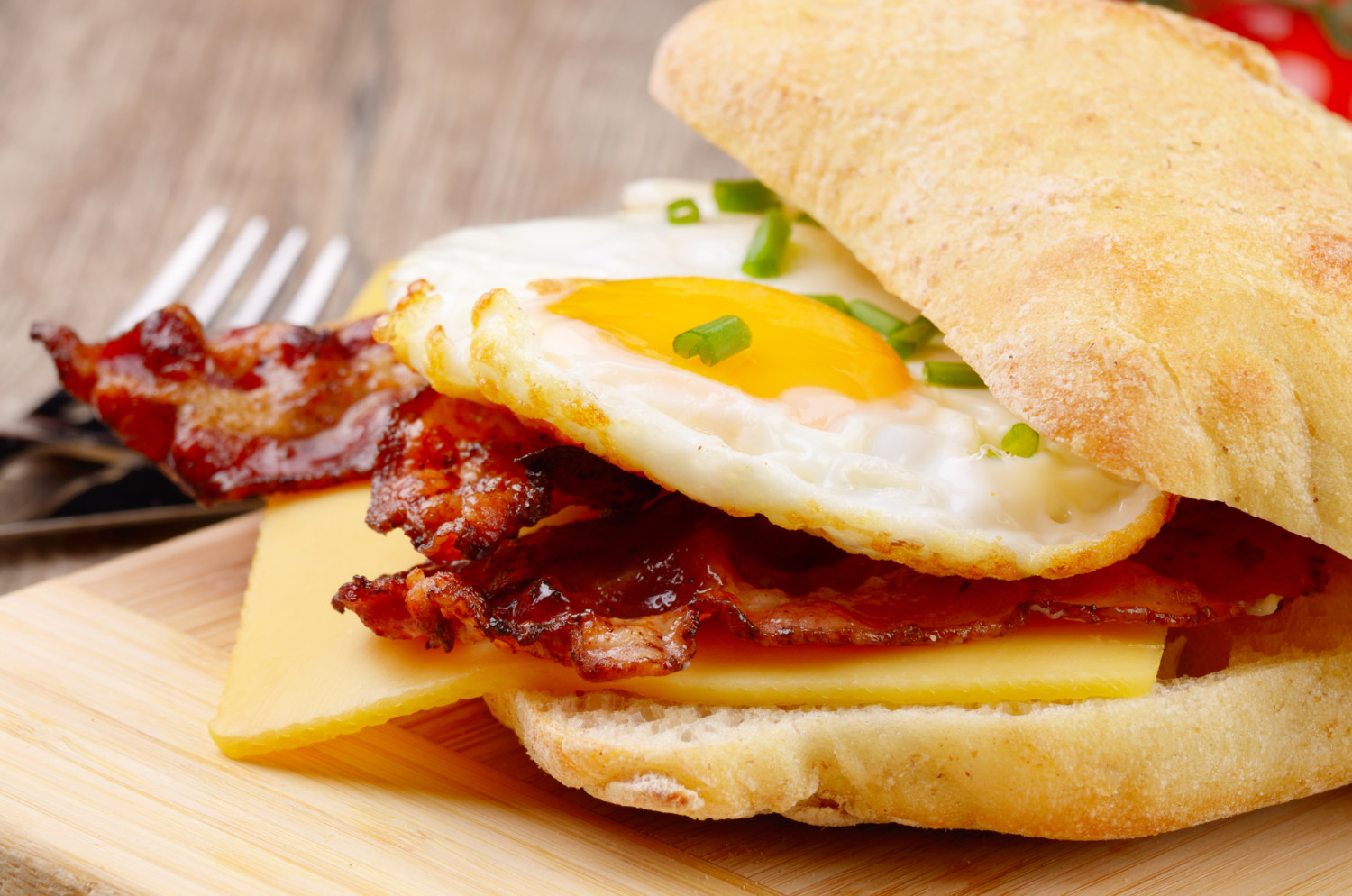
Other Ways To Fry Eggs
There are many other cooking methods similar to that which produces Spanish fried eggs. However, using plenty of olive oil and basting while the egg fries is the key to the crisp, smooth, savory results.
For instance, butter will brown and begin burning before the eggs gain a lacy edge. Likewise, eggs fried in lard or bacon grease can certainly taste scrumptious, but you can’t achieve the same lightness that olive oil provides. And coconut oil won’t allow the eggs to crisp up properly.
There are a few other primary ways to fry eggs, as well.
Sunny Side Up Eggs
Sunny side up eggs are fried with the yolks on top and they are not flipped. Unlike Spanish fried eggs, they are not basted. Instead, they are fried over low heat in a small amount of grease and covered with a tight lid while they cook. They’re done when the whites are completely set, but the yolks are still runny.
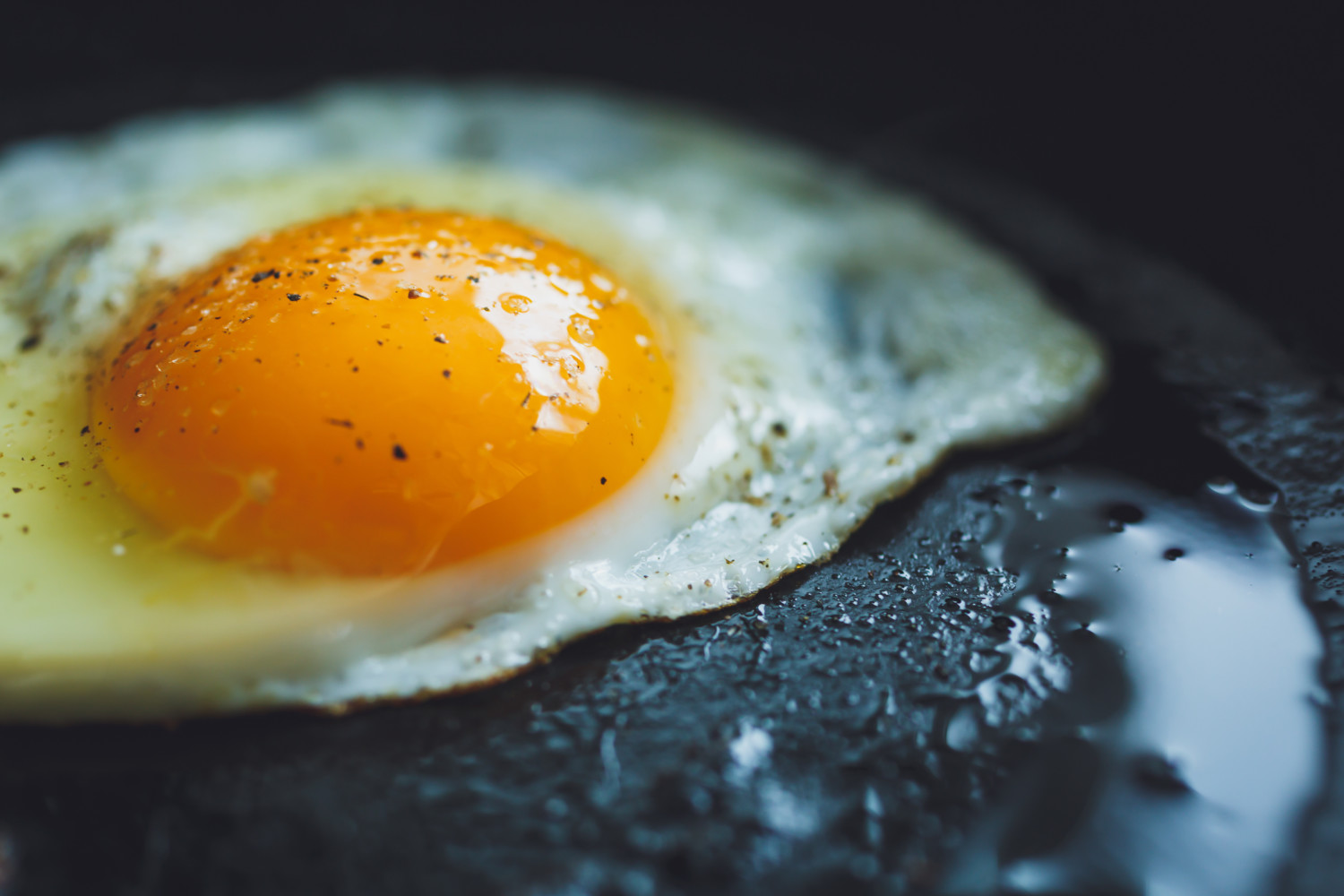
Over Easy Eggs
When eggs are made over easy, the egg is flipped while frying, but the yolk is still runny. To make them, experts recommend starting with a nonstick frying pan. Melt butter in the pan and then crack the eggs into it. Allow the eggs to cook until most of the whites have gone from clear to opaque with about a half-inch of unset white surrounding the yolks.
Gently slide a wide, flat spatula under one egg and center it beneath the yolk. Then, carefully but quickly flip the egg onto the other side. Cook for about 30 seconds to finish the whites.
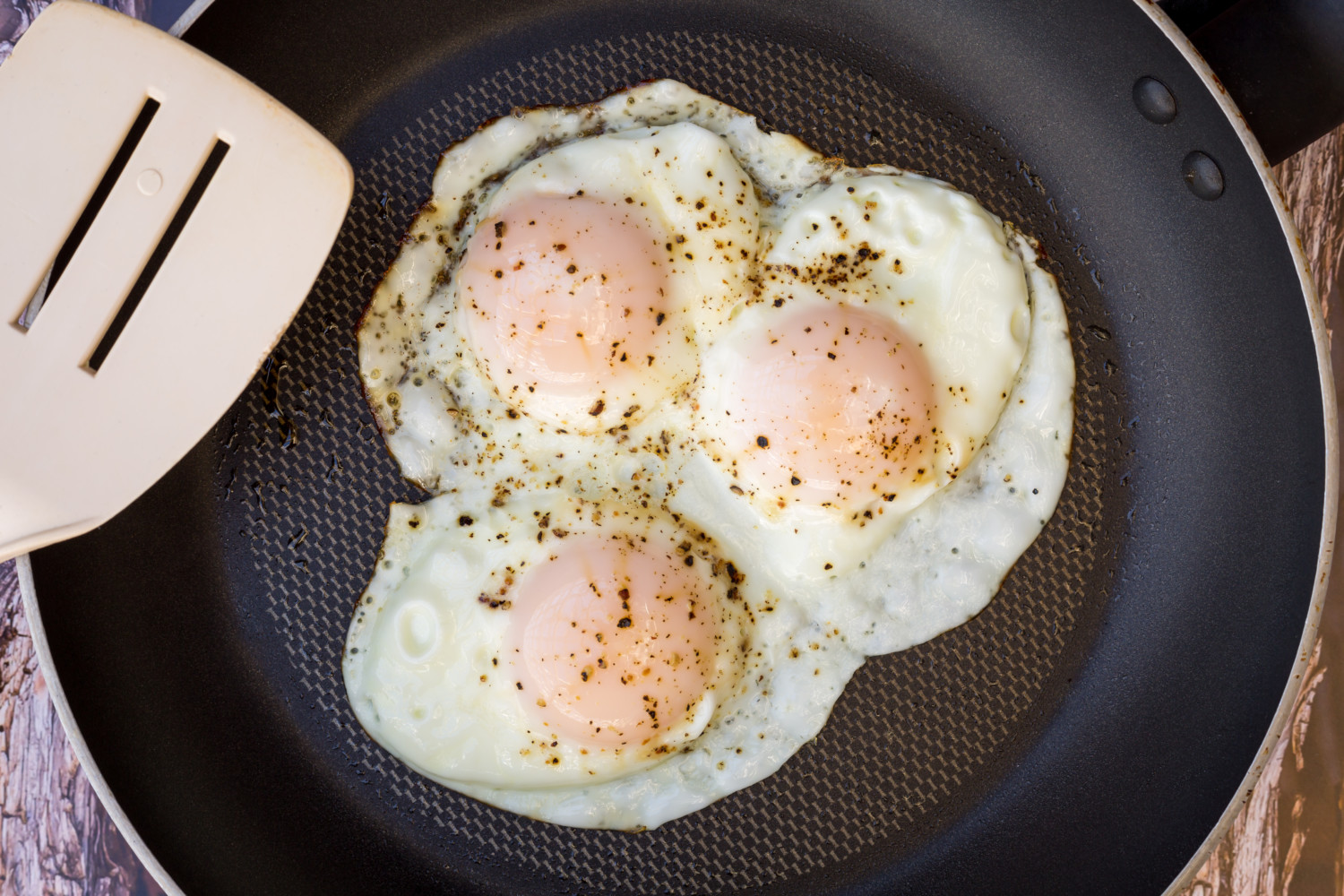
Over Medium And Over Hard Eggs
Like eggs over easy, eggs fried over medium are cooked, flipped and finished until the yolk is only slightly runny. Over hard eggs are cooked, flipped and fried until the yolk is fully cooked. In over hard eggs, the yolk will resemble a hard-boiled egg. The basic difference between over easy, over medium and over hard eggs is a simple matter of cook time; the methods are the same.
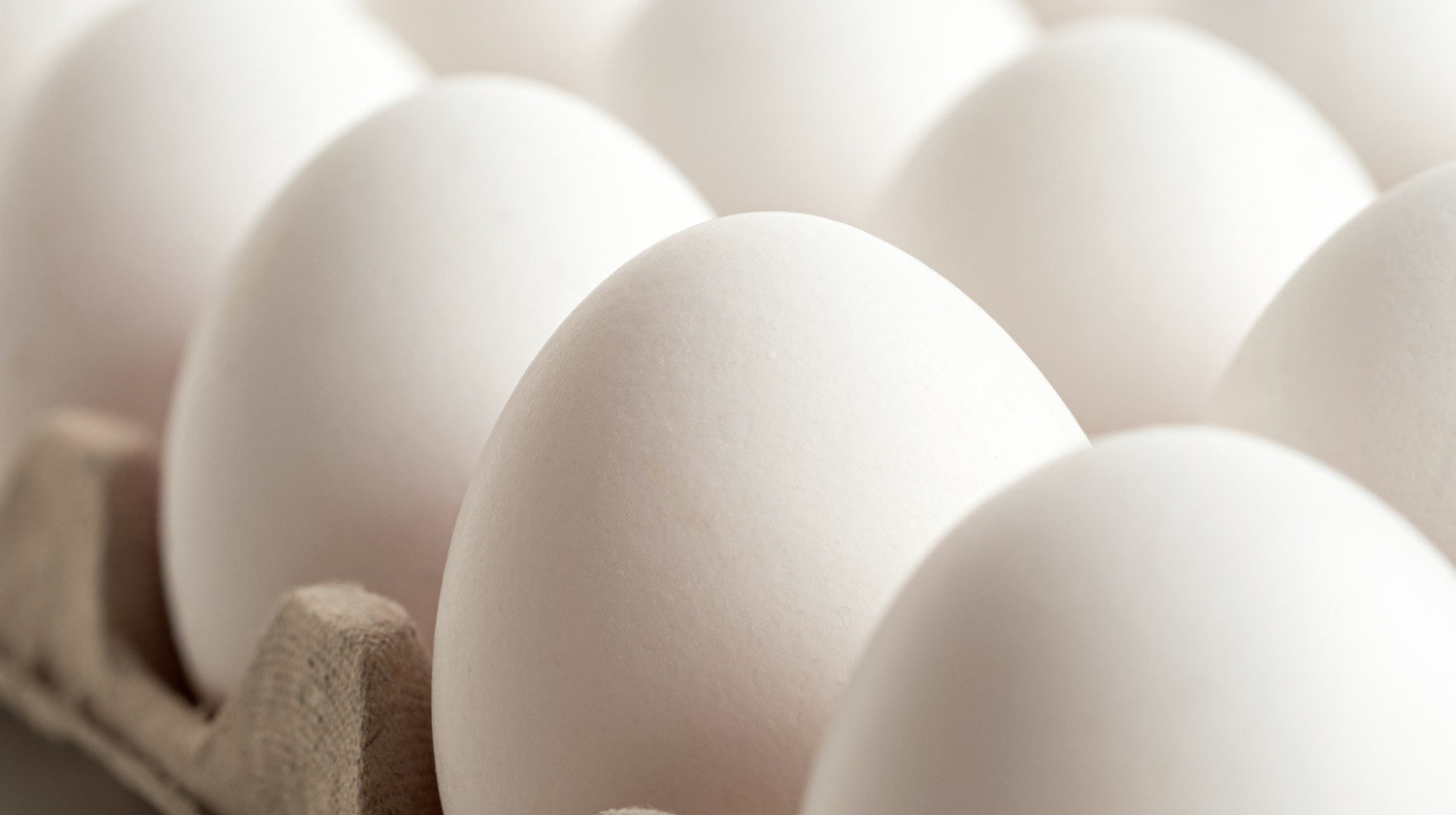
With so many ways to fry an egg, it should be easy to determine your favorite way to make and eat this affordable, nutrient-dense food. But if you haven’t tried Spanish fried eggs just yet, make it a point to give them a go. You will probably be glad that you did!
This story originally appeared on Simplemost. Checkout Simplemost for additional stories.


